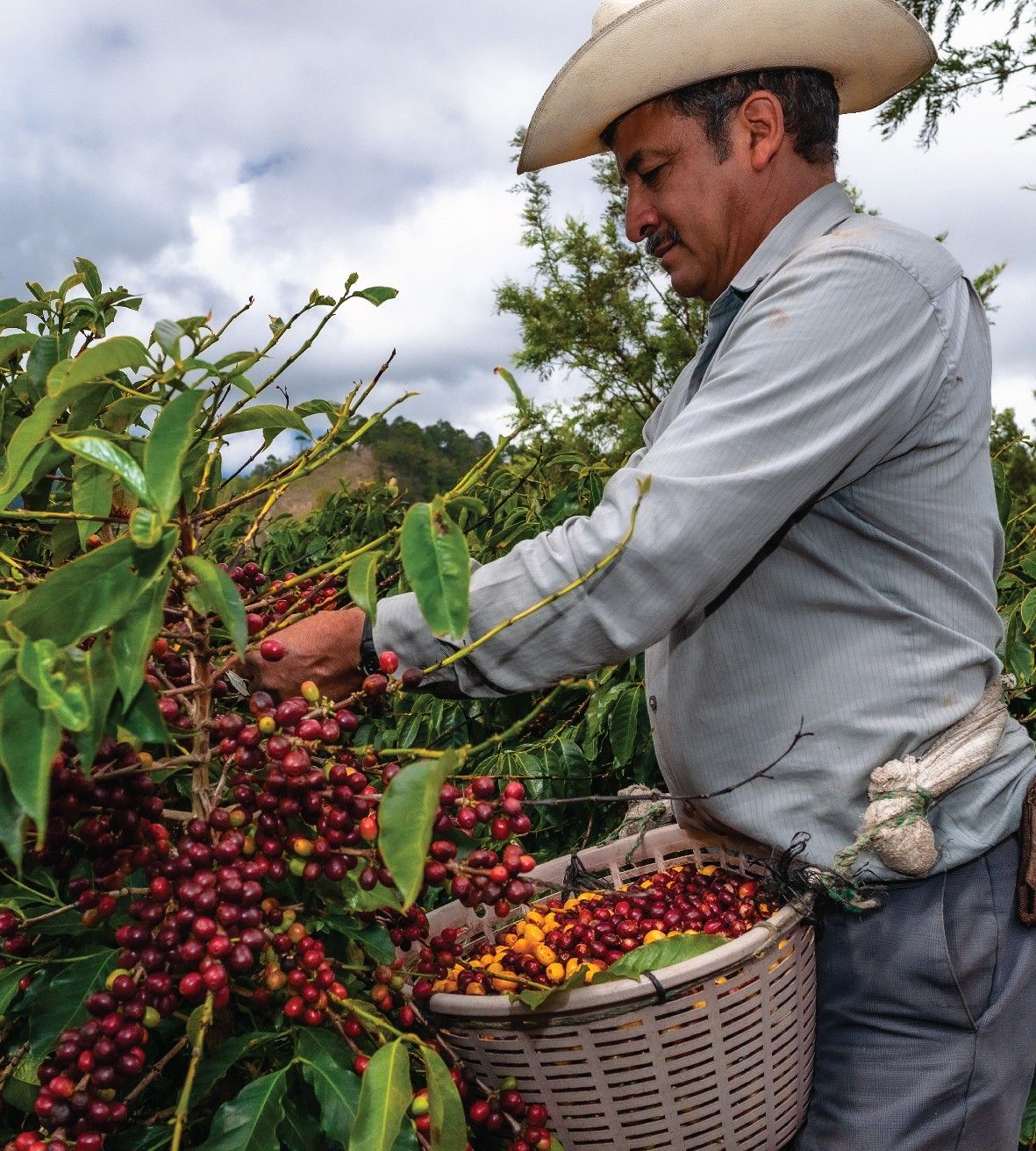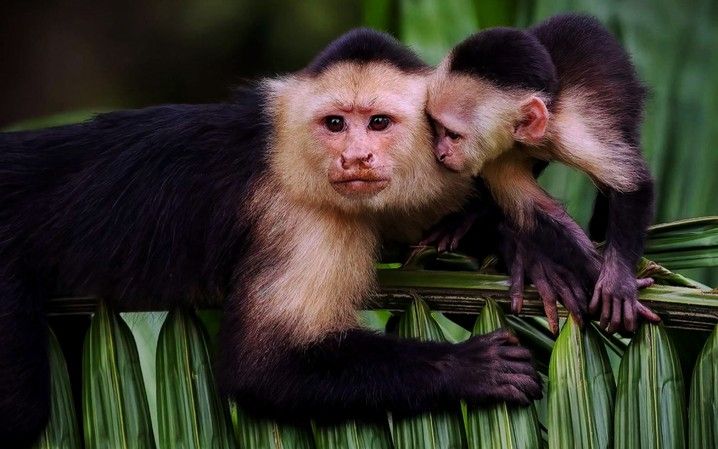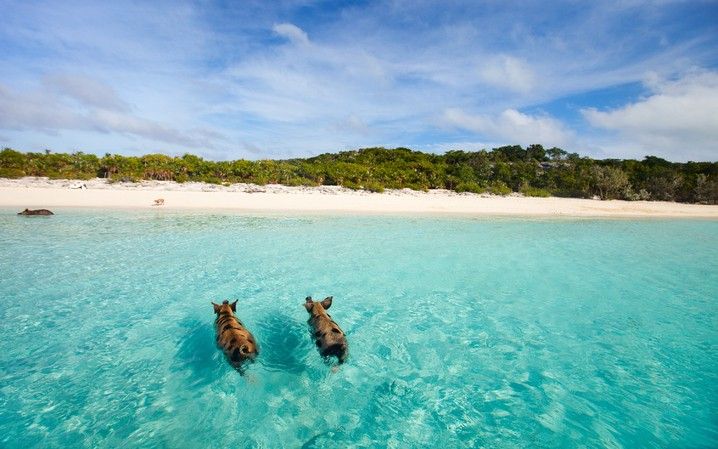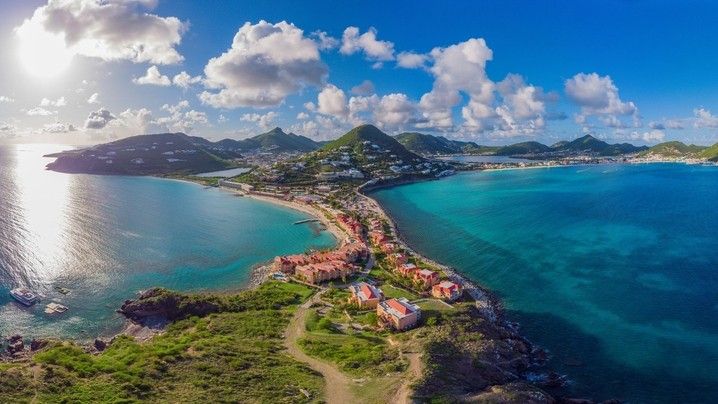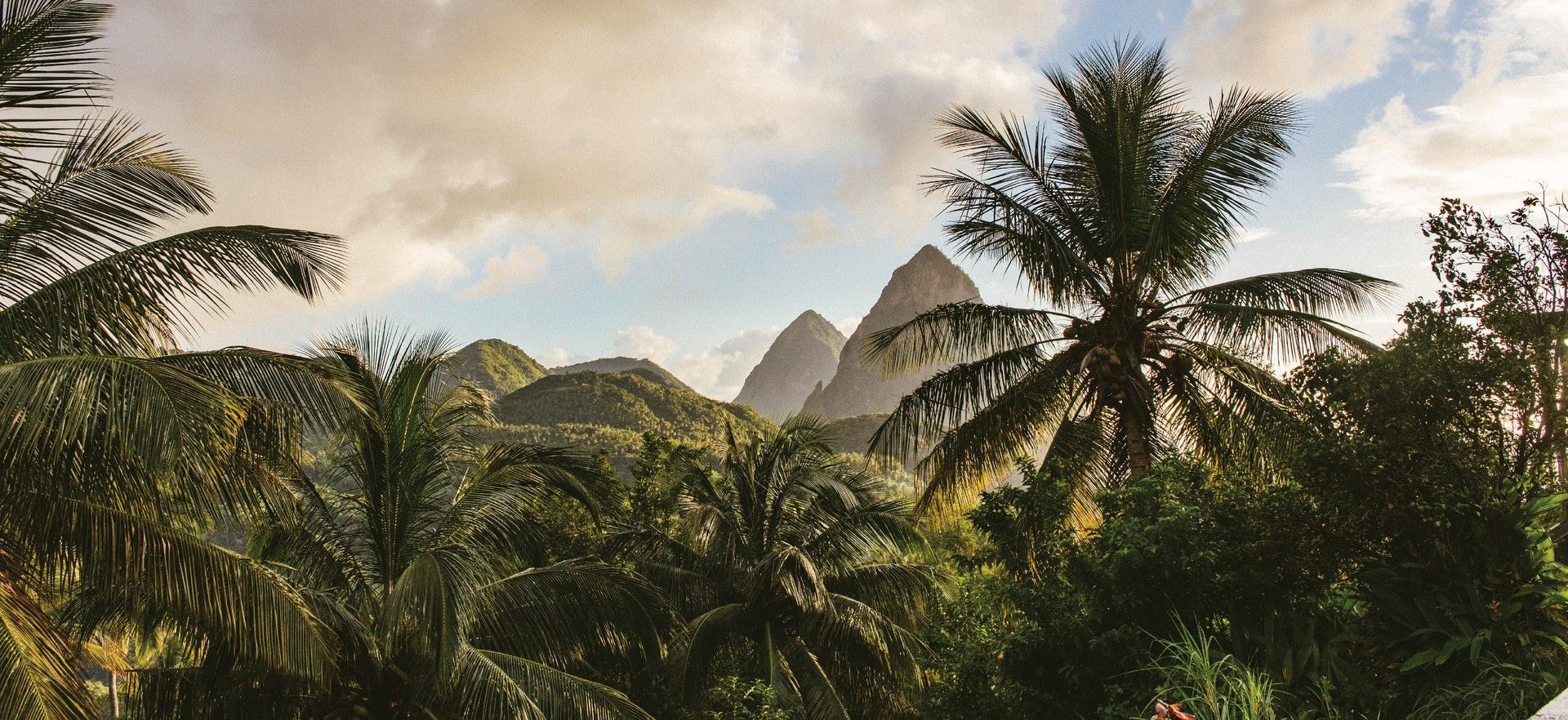
Central America and the Caribbean
Where the Tropics Spring to Life
What Awaits You
Let the tropics' rhythm guide you on an unforgettable Central American and Caribbean journey, where paradise unfolds constantly through lush cloud forests and marine-life-rich waters. As captivating coastal towns like lively San Juan and colonial Antigua reveal unique fusions of old and new, trace the steps of explorers and pirates or lose yourself in salsa and reggae beats. Immerse yourself in the tropical wildlife, diverse ecosystems and pre-Columbian history as you visit Costa Rica, Columbia, Nicaragua, El Salvador and Panama. From coral reefs to coffee plantations, banana-fringed beaches to active volcanoes, culture blends seamlessly with nature to craft a sensory carnival ringing through Costa Rica's valleys or Panama's golden shores alike.
A spectacle of biodiversity
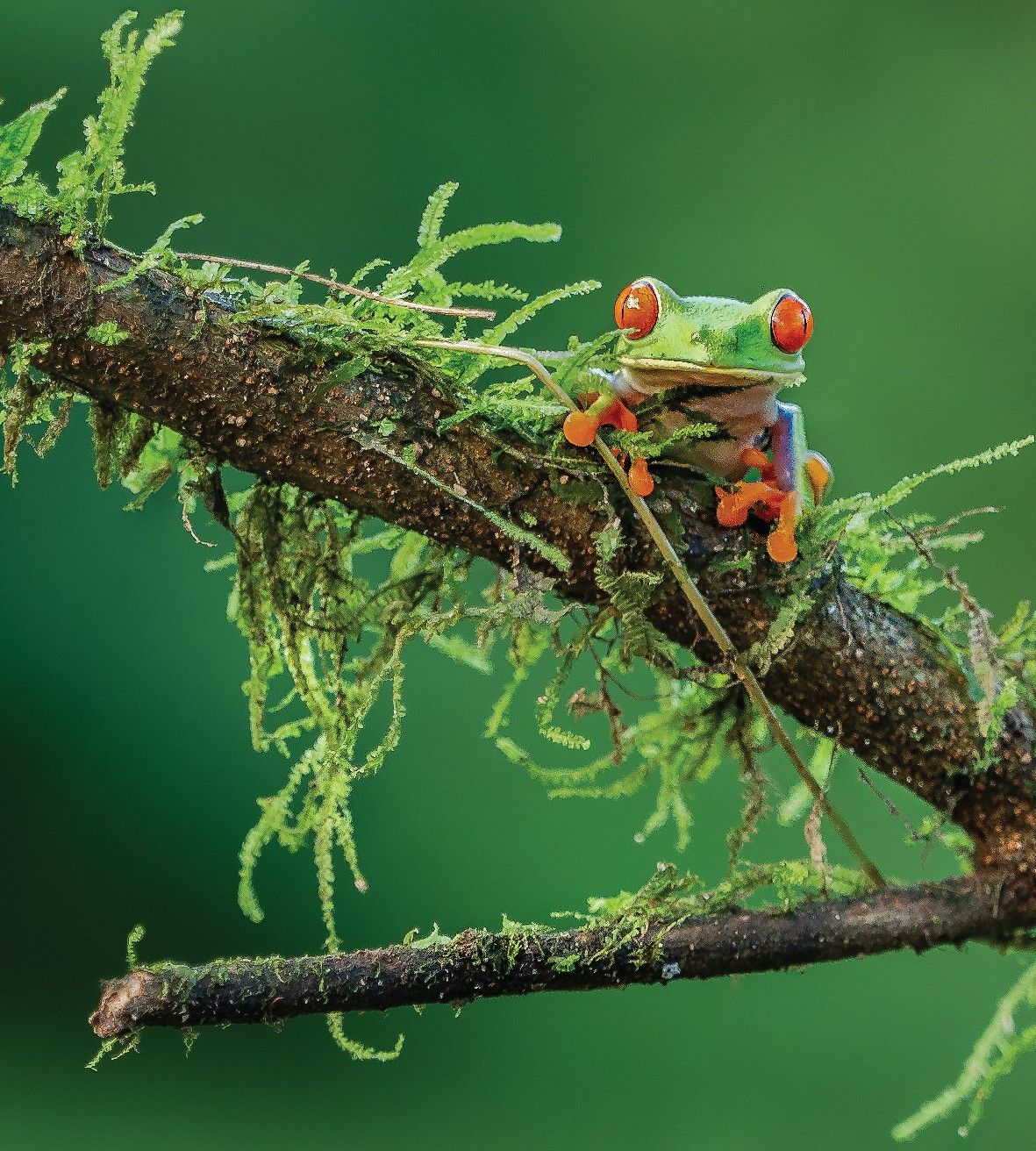

A cultural symphony
